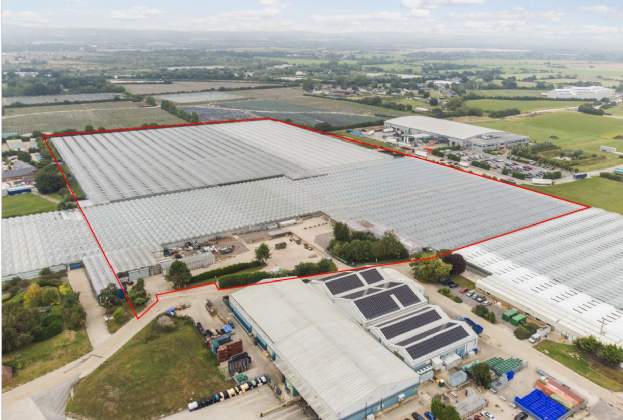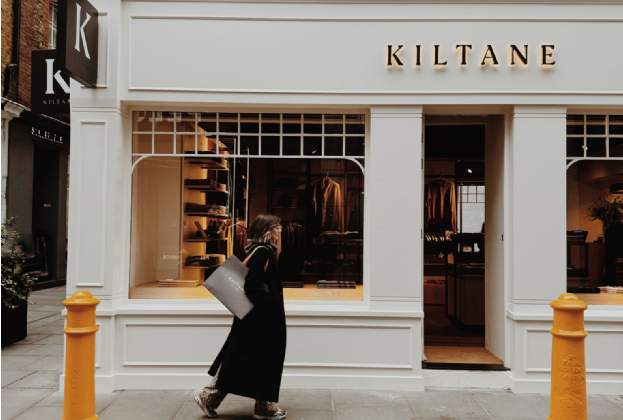From noodles to nachos, Glasgow’s food and beverage (F&B) market has proven resilient despite the legacy of the pandemic. The city has seen 20 openings in 2023 to date, almost on par with 2022, which saw the strongest level of activity since 2017.
What’s next for Glasgow’s F&B sector?
Well-financed occupiers remain keen to seek out the best located properties and recent changes to Glasgow’s outdated planning regulations have made this much easier.
Historically, it was incredibly difficult for restaurant businesses to acquire shop space on the busiest thoroughfares. However, the concept of mixed-use clusters, where retail, leisure and F&B all work together is now a reality, courtesy of new permitted development rights that allow the conversion of shops to F&B without the need for planning permission. In addition to opening up ‘off-limits’ opportunities, it also removes a layer of bureaucracy that often resulted in protracted delays for operators.
For this reason, demand from new entrants for the best sites is stronger than ever. The latest prime restaurant property transacted at 35 St Vincent Place received five offers at closing date before being let to Di Maggios Restaurant Group, one of the strongest multi-site Glasgow based operators.
Challenges remain
While this is positive news for the city, Glasgow’s F&B sector is now facing a new set of challenges. Businesses are grappling with increasingly high utility bills, sometimes paying up to £100,000 annually for energy, a 50 per cent increase since 2020. The pressure has been compounded by the ongoing cost of living crisis and squeeze on discretionary spending.
Yet, the market is proving resilient with 2023 already seeing a raft of national and independent F&B brands opening with more set to come before the end of the year including names like Wingstop, Wagamama, Pho, Flight Club, Turtle Bay, Rosa’s Thai, Maki & Ramen, Afrikana, Banca di Roma, Yaya’s and Jojo Mac’s. The availability of prime sites that offer operators a blend of daytime business and a vibrant evening economy are in short supply, meaning they have a choice to either wait for a site to become available, or locate in slightly more peripheral areas in the city centre.
What’s on the menu for operators?
The type of properties required is also changing, with the aesthetics of historic sites appealing to many occupiers. One example is the letting of 158 Ingram Street by Savills for the National Trust. The iconic category A listed building was secured by entrepreneur Marco Lazzuri for a new cocktail bar and restaurant trading as 1802 at Hutchesons Hall.
It’s an exciting time for the city, with a number of local businesses acquiring properties in the heart of Glasgow, sitting side-by-side with household names. Increasingly, landlords are leaning towards strong independent brands with on-trend values. This is largely due to the agility and flexibility that bigger chains often can’t compete with, like the ability to turn round a refurbishment or refit in half the time.
What next?
Looking ahead, Glasgow’s F&B market is set to evolve further with demand from bar operators at a level not seen in the past 15 years. Consequently, licensing policy in the city needs to change to help the night time economy thrive by permitting trade beyond the historic 12am cut off. We will also see the repurposing of redundant office space, a greater mix of retail and leisure uses following the success of Level X at the St Enoch Centre, and a return of the big brands, many of which have Glasgow in their sights.
What’s clear is that there is plenty of appetite to grow Glasgow’s F&B market.
Further information
Contact John Menzies
Savills Scotland ALBA: Food for Thought
.jpg)
.jpg)







.jpg)
